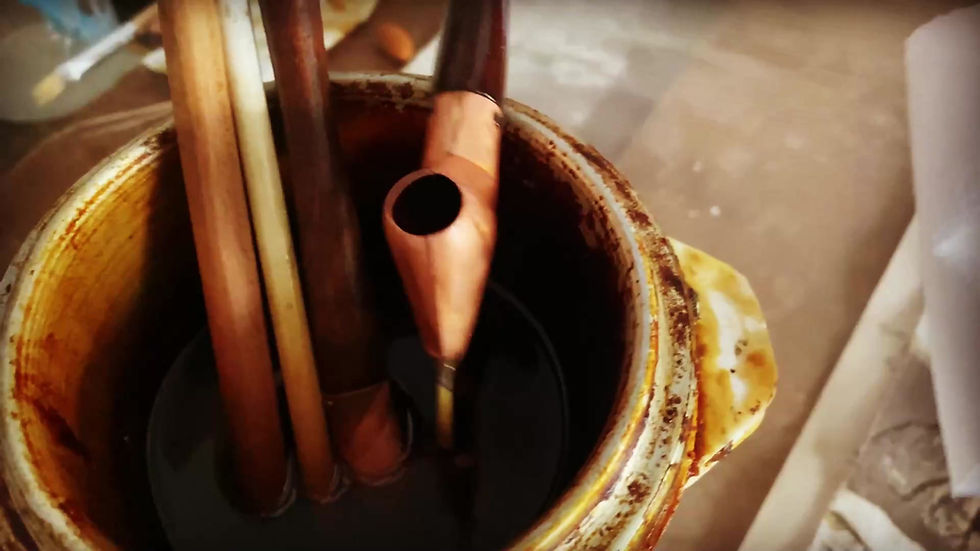top of page


BATIK
Batik es una técnica ancestral reconocida por la UNESCO como Patrimonio Intagible de la Humanidad, desde el año 2009.
Utilizando pinceles, cantings, kistkas o bloques se seleccionan con cera caliente las áreas que se desea permanezcan del color de la tela. A continuación se tiñe, partiendo desde los tonos más claros. hasta los más oscuros. Un Batik se construye aplicando, sucesivamente, varias capas de cera y de tinte. Al final del proceso se elimina la cera en su totalidad, dando origen a un diseño muy rico en texturas y gradientes de color. Cada pieza es única e irrepetible.
En mis obras fusiono la técnica tradicional del Batik Tulis, tradicional de Indonesia, con algunas variaciones propias de la técnica contemporánea
Para mí el arte Batik es una forma de expresión perfecta, ya que además de su conexión con la naturaleza, presenta muchas cualidades favorables: •Es un Arte impredecible. La riqueza de texturas y craquelados son siempre una sorpresa cuando, el trabajo terminado se desencera. •No existen los errores. Sólo la posibilidad de convertir en parte del diseño aquello que podría ser una equivocación. •El dulce olor de la cera en el ambiente.
bottom of page


